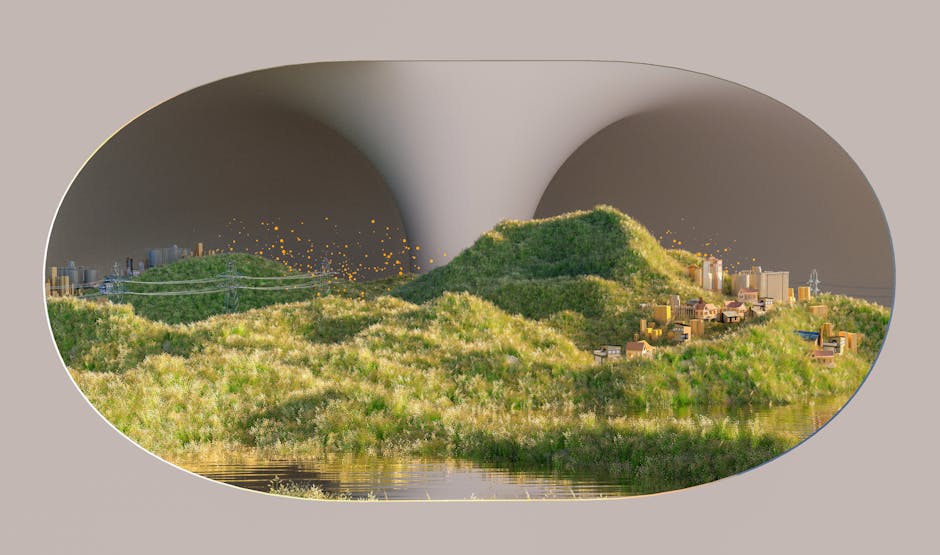The origin of dance fusion
Dance fusion originated as a way to blend different dance styles, such as ballet, hip-hop, and traditional ethnic dances, into a seamless and harmonious choreography. This innovative approach aims to create a captivating and dynamic dance style that incorporates the fluidity of various movement techniques.

What is dance fusion and its significance?
Dance fusion combines different dance styles, such as hip-hop, jazz, ballet, and cultural dances, to create a unique and innovative movement vocabulary. It brings together the elements of various dance forms to create a new and diverse style, reflecting the evolving and interconnected nature of dance. This fusion not only showcases the creativity and versatility of dancers but also promotes cultural exchange and inclusivity within the dance community.
Exploring different dance styles in fusion
Dance fusion combines elements from different dance styles, creating a unique and diverse form of expression. It blends traditional and contemporary dance techniques, drawing from various cultures and disciplines. Here are some popular dance styles often incorporated into fusion:
- Ballet: Known for its graceful and precise movements, ballet brings a sense of elegance and poise to fusion dance.
- Hip-hop: With its energetic and urban vibe, hip-hop adds a dynamic and lively flair to fusion routines.
- Bollywood: This vibrant and expressive Indian dance style infuses fusion with colorful storytelling and rhythmic patterns.
- Contemporary: Offering freedom of movement and emotional depth, contemporary dance enriches fusion with versatility and emotion.
Exploring different dance styles in fusion opens up a world of creativity and innovation, enriching the dance landscape with an exciting blend of movement and culture.
The impact of technology on dance fusion
Technological advancements have revolutionized the world of dance fusion. Dancers now integrate motion tracking, augmented reality, and interactive visual effects into their performances. This innovation creates immersive experiences for the audience and opens new creative possibilities for choreographers and dancers. Additionally, technology has facilitated global connectivity, allowing dancers from different parts of the world to collaborate and share their unique styles and techniques, enriching the landscape of dance fusion.
How cultural diversity influences dance fusion
Cultural diversity plays a significant role in shaping dance fusion. It brings together various dance styles and techniques, creating a rich and diverse form of expression. Through the blending of different cultural elements, dance fusion transforms into a vibrant and dynamic art form that reflects the diversity of human experience. This integration of cultural influences allows for the creation of innovative and unique dance movements, enriching the dance landscape with diverse perspectives and traditions.
The modernization of traditional dance forms
Dance fusion combines different dance styles to create something new and innovative. Traditional dance forms like ballet, jazz, and folk dances are being infused with modern elements like hip-hop, contemporary, and electronic music to create unique and expressive movements. This modernization of traditional dance forms aims to appeal to a wider audience and keep dance relevant in today’s ever-changing world.
Famous dance fusion choreographers and their work
Choreographers like Rhapsody James and Talia Favia have gained popularity for their innovative fusion of different dance styles. Rhapsody James is known for her blend of hip-hop and contemporary dance, while Talia Favia’s work combines ballet and modern dance techniques. These choreographers have been influential in shaping the evolution of dance by creating unique and captivating choreography that pushes the boundaries of traditional dance genres.
The popularity and growth of dance fusion
Dance fusion has gained popularity due to its unique blend of different dance styles, such as hip-hop, contemporary, and traditional cultural dances. The fusion allows for creative expression and innovation in choreography, attracting a wide audience of dance enthusiasts. With the growing trend of fusion dance classes and workshops, more people are embracing the diversity and excitement of this evolving dance form.
The future of dance fusion
Dance fusion is revolutionizing the dance world and will continue to do so in the future. It combines different dance styles to create new and innovative movements. Here are a few things you can expect from the future of dance fusion:
-
Inclusion of Technology: As technology advances, we can anticipate more integration of digital elements into dance fusion, such as augmented reality and interactive visuals.
-
Cultural Blending: The future of dance fusion will likely involve a further blending of different cultural dance forms, resulting in new and diverse expressions of movement.
-
Cross-disciplinary Collaborations: We can expect to see more collaborations between dancers and artists from other disciplines, such as music, fashion, and visual arts, leading to even more creative and boundary-pushing performances.
-
Embracing Diversity: With a growing emphasis on inclusivity, the future of dance fusion will likely continue to celebrate and amplify the diversity of dancers, styles, and backgrounds.
Conclusion: Embracing the evolution of dance
Embrace the evolution of dance! Dance fusion is reshaping the dance world, blending different styles to create something new and exciting. It’s a celebration of diversity and creativity as dancers from various backgrounds come together to form unique and captivating performances. The evolution of dance is a dynamic and ever-changing process, reflecting the evolving cultural landscape and pushing the boundaries of traditional dance forms. By embracing this evolution, we open ourselves up to new possibilities for expression and connection through the art of movement.


